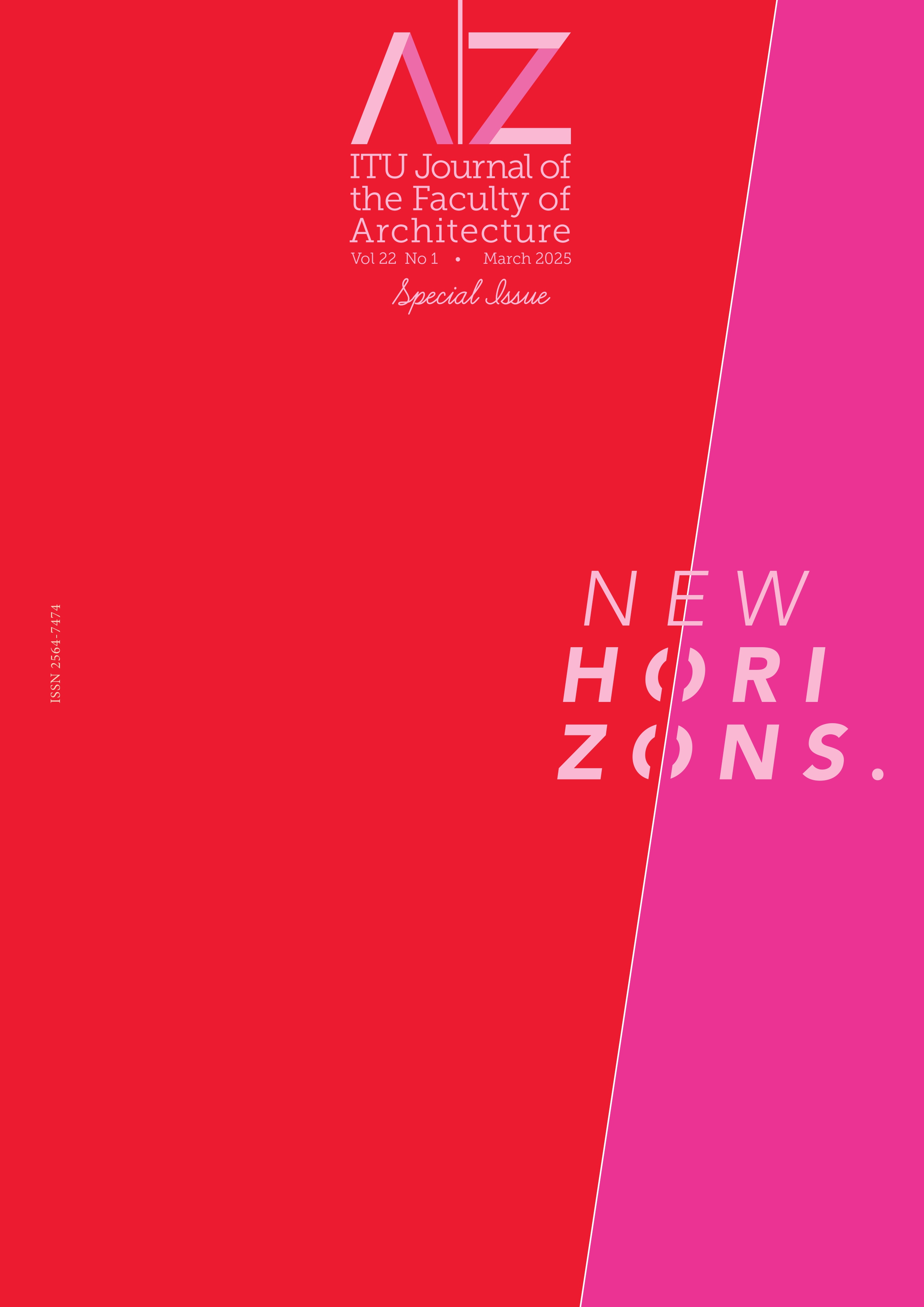Published 2025-03-31
Keywords
- After-theory,
- Art,
- Canvas,
- Classification,
- Space
Abstract
The concept of space in architecture is referred to as representation. This encompasses various forms, such as drawings, photographs, models, and written texts about space. The primary objective of architecture is, however, to create spaces to be lived rather than merely producing representations. Art develops its form by employing these two fundamental aspects of architecture. Consequently, space is integral to the production of art, functioning as a subject, material, and canvas. The concept of “after theory” critically examines the necessity of theoretical frameworks, addresses the complexities associated with postmodernism, and places a strong emphasis on practical application. This approach can serve as a method for analyzing the relationship between art and space. Furthermore, “after theory” can contribute to the expansion of criteria for contemporary art and facilitate the interpretation of artworks through diverse conceptual frameworks. The purpose of this study is to define architectural representation, generate alternative manifestos about space, and analyze the unity of art and space from the standpoint of after-theory. A thorough scanning process was conducted to identify contemporary artworks, resulting in the selection of twelve pieces that demonstrate an ability to incorporate spatial elements into the context of artistic production. The selection prominently featured works by renowned artists, including James Turrell, Yayoi Kusama, Olafur Eliasson, Tomás Saraceno, Anish Kapoor, Ai Weiwei, Doris Salcedo, Zimoun, Christo and Jeanne-Claude, Piknik Works, Refik Anadol, and Rafael Lozano-Hemmer. The evaluation criteria encompassed the blurring of frames, new thoughts, essence, site-specificity, know-how, and harmony and disharmony with the surrounding spatial context.


